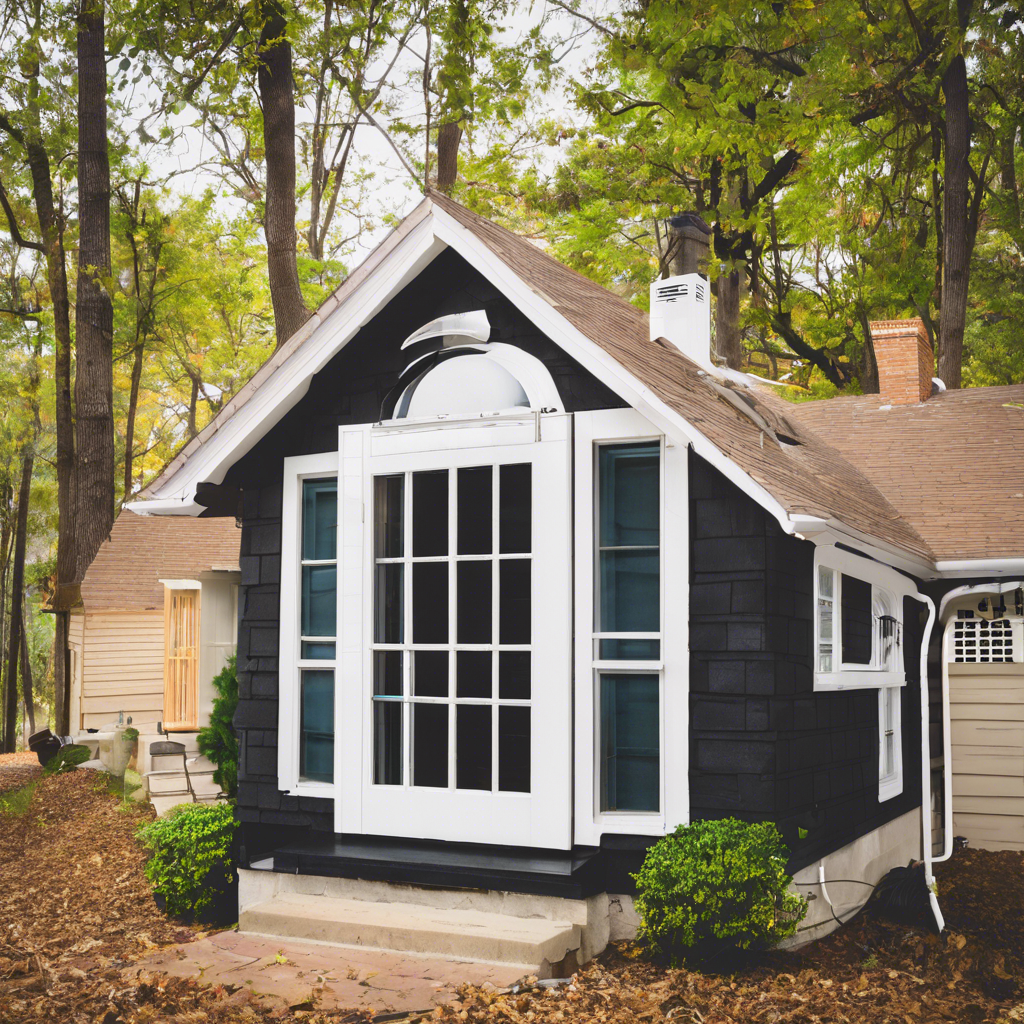How to Do a Home Energy Audit: Uncover the Secrets of Your Energy Leakage
There’s no better time than now to tackle those rising energy bills and discover the secrets to a more energy-efficient home. With winter around the corner, it’s essential to identify the culprits behind your energy waste.
So, grab your notepad and a cozy sweater, and let’s embark on an informative journey, an energy audit adventure, if you will, around your home, uncovering the hidden costs and efficiencies.
You’ll need a few supplies: a notebook, pen, and some basic tools like a flashlight, thermometer, and maybe a ladder for hard-to-reach spots.
Begin with the basics: walk around your home and visually inspect every inch, noting any obvious signs of energy leakage, like gaps near windows or doors, or areas where the insulation is lacking. Check for any drafts, and don’t forget to look up at the roof and chimney.
Now, grab your thermometer and take temperature readings in various rooms. Are some areas significantly colder or warmer than others? This could indicate inadequate insulation or other issues.
It’s time to get hands-on! Feel for air leaks around window and door frames, electrical sockets, and even light switches. Don’t forget to examine the attic and basement, extending your investigation to the outside of your home.
For a more detailed audit, you’ll need to get technical. Review your latest energy bills, noting the usage patterns and costs. You’d be surprised how many people overlook this simple step!
Next, it’s time to calculate your home’s energy performance. A quick online search will direct you to free energy audit tools where you can enter your home’s specs, such as square footage, and get an overview of your home’s efficiency and potential problem areas.
Some audits require specialized skills and tools, like thermal imaging or blower door tests, which help identifyair leaks. While these are best performed by professionals, they can offer valuable insights.
After your extensive investigation, you should have a good idea of where your home is losing energy. The real work now begins; it’s time to address the issues.
Seal those gaps and cracks with appropriate materials, improve your insulation, and consider upgrading to energy-efficient appliances, especially if they’re older models.
The rewards are worth the effort: a more comfortable, energy-efficient home, reduced carbon footprint, and lower energy bills to boot.
With these insights and some simple fixes, you’ll be well on your way to a greener, more cost-effective future. So, don’t delay, embark on your energy audit adventure today!
—
That’s the tale of your home’s energy secrets, an eye-opening journey for any homeowner. Stay tuned for more insightful guides to help you navigate the complexities of energy efficiency!
